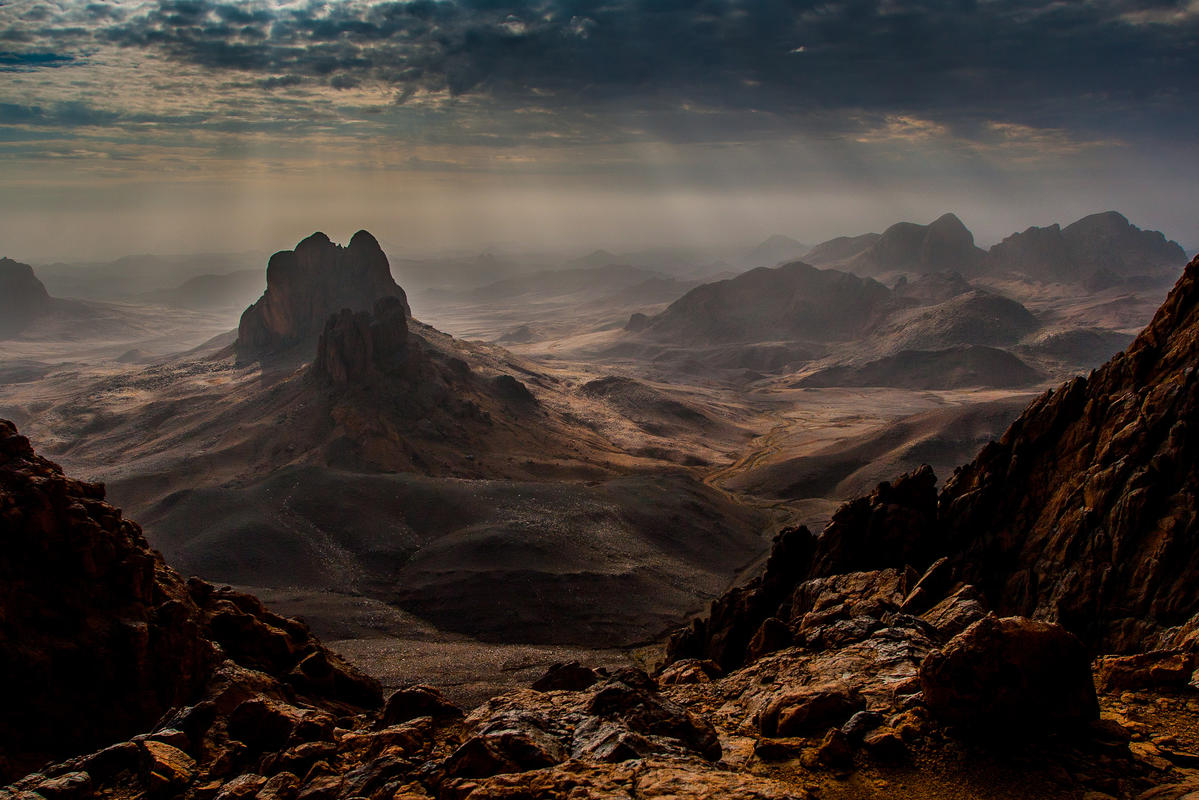The set of irregularities of the earth's surface form it relief. Landforms differ in size, origin, developmental history. The relief of the earth, it would be more correct to say, the earth's surface is the result of a complex interaction of internal and external forces. Internal forces, the energy of which is provided by the internal energy of the Earth itself, create large irregularities. External forces smooth out these irregularities, creating smaller irregularities.
The largest landforms of the Earth- the protrusions of the continents and the depressions of the oceans. Their distribution is determined by the structure of the earth's crust - the presence or absence of a granite layer. Currently, there are six continents on Earth. Dry land on the surface of the Earth is unevenly distributed. There are two conventional hemispheres on the planet - oceanic and continental. In the center of the first is the Pacific Ocean, in the center of the second - Africa. The prevailing heights within the land are about 800 m, the average depth of the ocean is about 3500 m. The surface of the land and the ocean floor is complicated by unevenness of the lowest order.
The main landforms are mountains and plains. About 60% of the land surface is occupied plains. These are vast areas of the earth's surface with small fluctuations in heights (about 200 m), relatively low elevated above sea level. Plains are divided by absolute height on lowlands (height from 0 to 200 m), hills (200-500 m) and plateaus (above 500 m). By the nature of the surface- flat, hilly and stepped. Plains are the most populated and developed by people. Most of the cities and transport routes, the main tracts of cultivated land are concentrated on them.
Mountains are called distinct elevations on the earth's surface with heights of more than 200 m, with well-defined slopes and bottoms. Mountainous areas occupy about 40% of the land surface. Most of the mountains on Earth stretch in mutually perpendicular directions, close to sublatitudinal or submeridional. By height, the mountains are divided into low (with heights up to 1000 m), medium-altitude (1000-2000 m) and high (over 2000 m). In accordance with the structure of the mountains there are folded, folded - blocky and blocky. By geomorphological age, there are young, rejuvenated and revived mountains. Mountains of tectonic origin predominate on land, and volcanic in the oceans.

Within the land, the distribution of mountainous and lowland territories is determined by the structure of the earth's crust. Plains are located on the platforms due to the horizontal bedding of rocks. In folded areas, rocks are deposited in the form of folds, and mountains correspond to them in the relief.
The structure of the earth's crust is determined not only by the relief, but also the placement of minerals. Mineral resources of sedimentary origin (oil, gas, coal, salts) are concentrated in the sedimentary rocks of the platform cover. Mineral resources of magmatic origin - in folded areas and crystalline basement of platforms. The greatest variety of minerals is characteristic of the ancient platforms.
Still have questions? Want to know more about the topography of the earth's surface?
The first lesson is free!
blog. site, with full or partial copying of the material, a link to the source is required.




